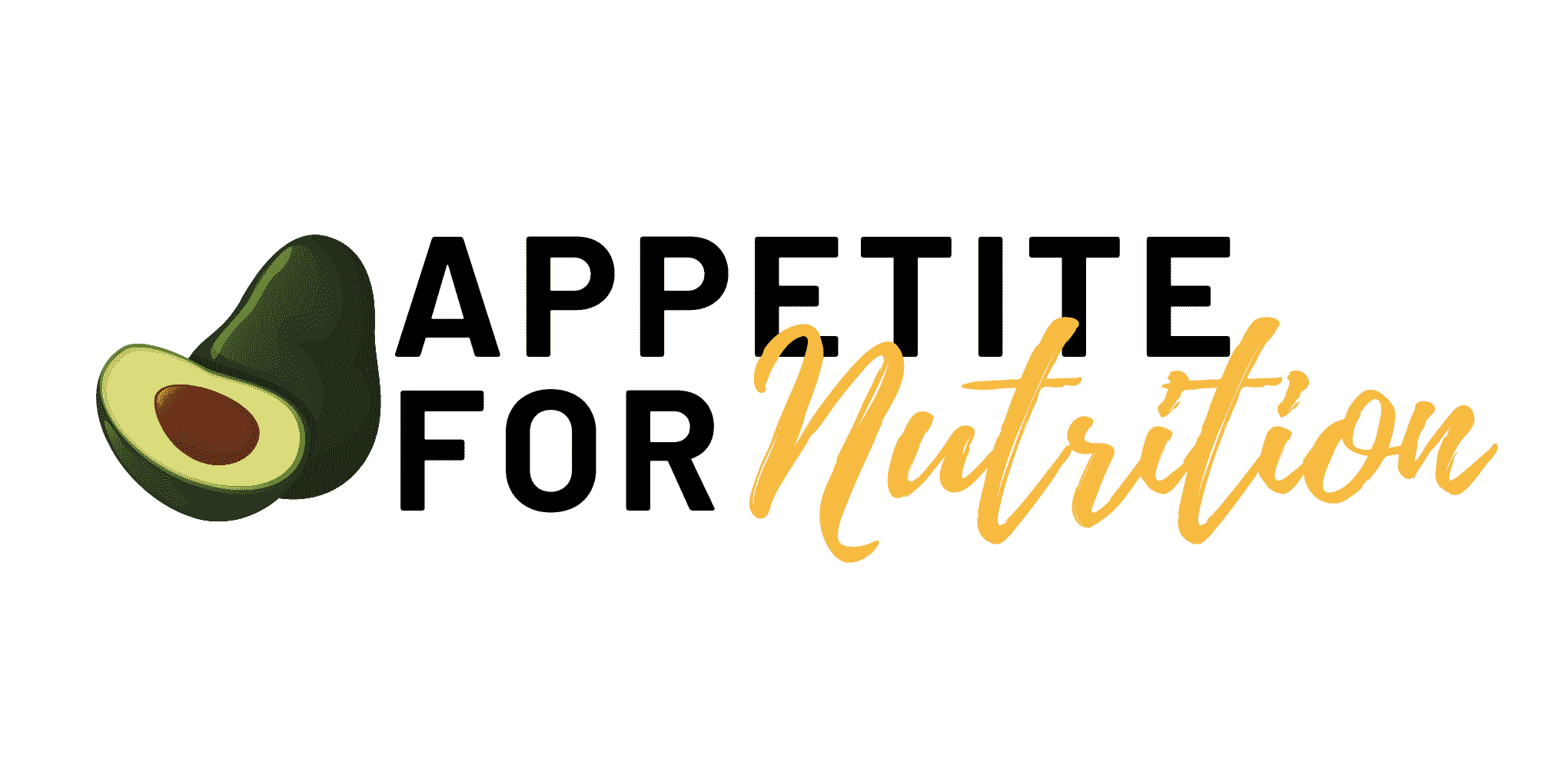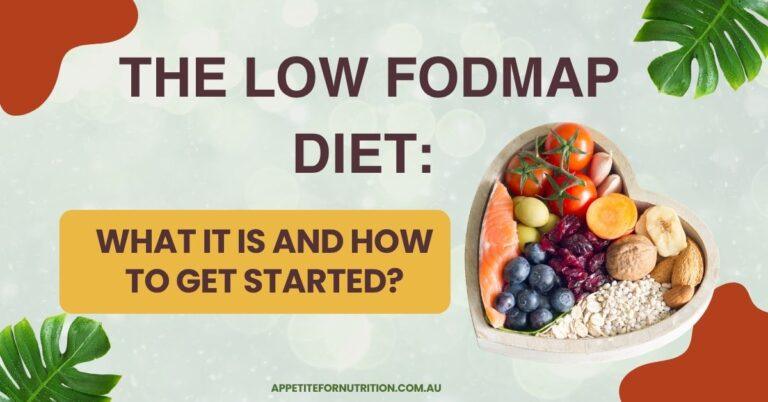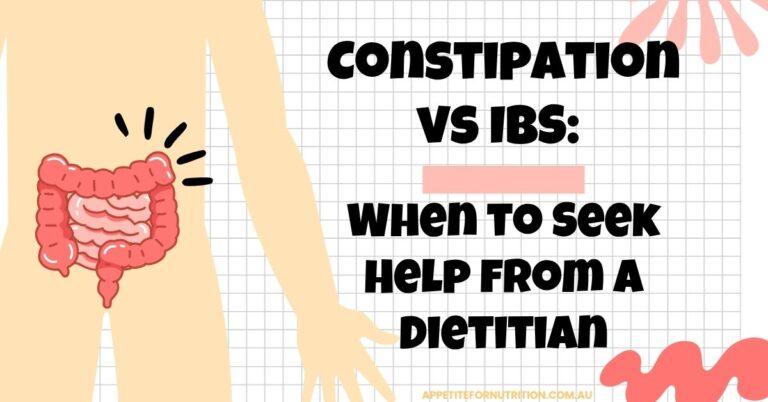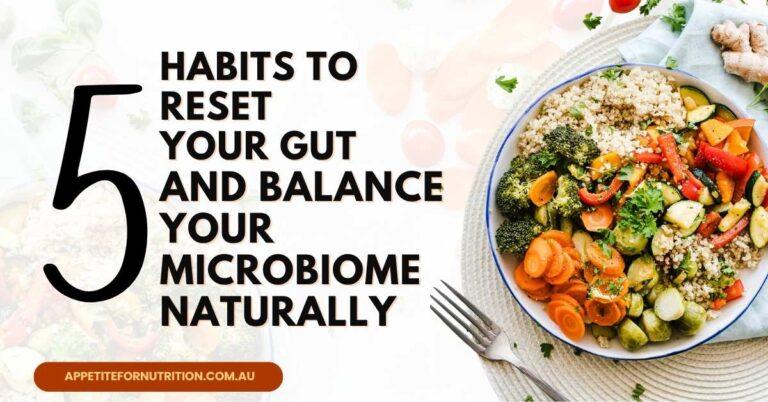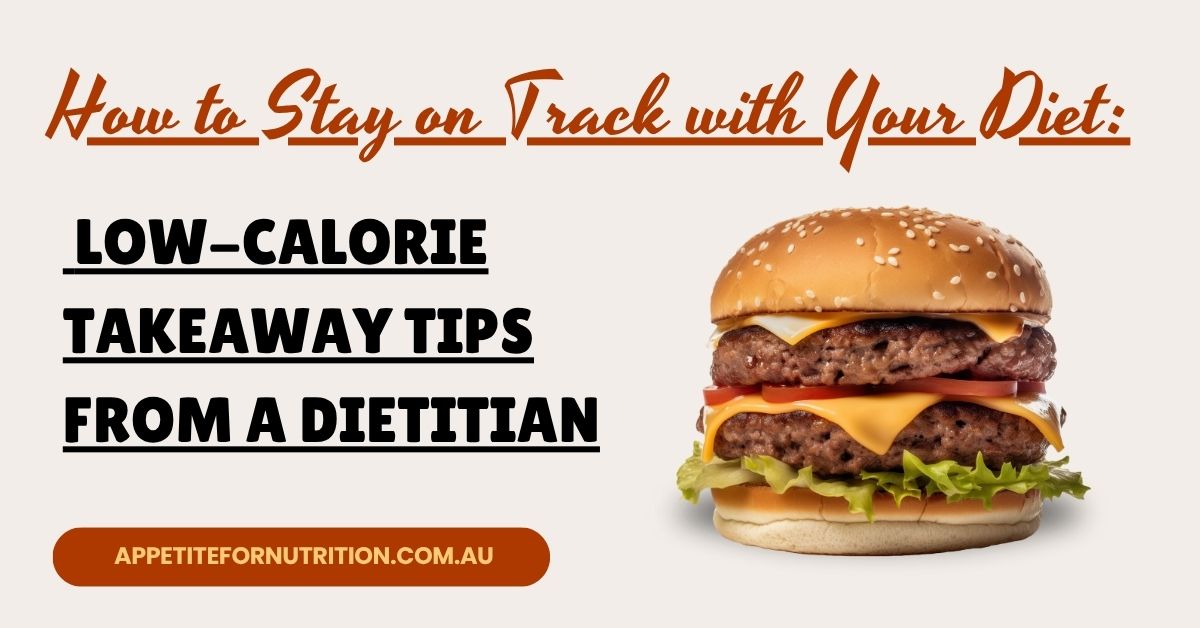
How to Stay on Track with Your Diet: Low-Calorie Takeaway Tips from a Dietitian
Sticking to a healthy, balanced diet can be challenging—especially when life gets busy and takeaway menus are just a click away. But ordering in doesn’t have to derail your nutritional goals.
With the right approach—and support from a qualified dietitian, NDIS dietitian, or eating disorder nutritionist—you can still enjoy your favourite foods without compromising your health.
1. Plan Ahead and Make Smart Takeaway Choices
The best way to stay on track with your low-calorie diet is to plan before you order.
Check the menu online: Most restaurants now share nutritional information, which helps you compare calorie content and ingredients.
Choose grilled over fried: Opt for grilled meats, salads, or stir-fried vegetables instead of creamy or deep-fried dishes.
Keep it simple: Meals with fewer ingredients are easier to track and often healthier.
A nutritionist in Melbourne would often recommend lean protein options and whole grains to keep you satisfied without unnecessary calories.
2. Portion Control Is Essential
Takeaway meals are often oversized. A simple strategy—recommended by most NDIS dietitians—is to divide your meal in half before eating.
Save one half for later, share with a friend, or order smaller portions when possible. This helps you stay within your calorie goals while still enjoying the foods you like.
3. Cut the Extras That Add Up
Sides, sugary drinks, and desserts can quickly turn a healthy meal into a high-calorie one.
Instead of chips, garlic bread, or soft drinks, try:
-
Sparkling water or herbal tea
-
Side salad or steamed vegetables
-
Olive oil and lemon dressing instead of creamy sauces
An eating disorder nutritionist will often suggest focusing on nutrient-dense options that nourish your body without excess.
4. Balance Your Takeaway Meal
Every balanced meal includes:
-
A lean protein such as chicken, tofu, fish, or lean beef
-
Healthy fats like olive oil, avocado, or nuts
-
Plenty of vegetables or salad for fibre and nutrients
Great takeaway options include grilled chicken salads, tofu poke bowls, or stir-fries with brown rice. These provide steady energy and prevent overeating.
5. Customise Your Order
Don’t hesitate to ask for adjustments—most restaurants will happily accommodate health-conscious requests.
Ask for sauces on the side, swap fries for salad, or request that your food be steamed rather than fried.
If you’re working with an NDIS dietitian, they can show you how to modify your meals to fit your dietary needs, whether that means managing diabetes, improving gut health, or supporting recovery from eating disorders.
6. Listen to Your Body
Mindful eating helps you maintain a healthy relationship with food.
Eat slowly, without distractions, and check in with your hunger halfway through your meal. Are you still hungry, or just eating because it’s there?
Your dietitian or nutritionist can guide you in developing intuitive eating habits that last.
7. Stay Accountable with Professional Support
Consistency is easier when you have guidance. Working with a NDIS dietitian gives you ongoing support, motivation, and a plan designed specifically for your lifestyle.
Whether you’re managing a chronic condition, recovering from disordered eating, or simply aiming to live healthier, professional advice can help you reach your goals sustainably.
Wrapping Up
A low-calorie diet doesn’t mean cutting out takeaway food completely. With careful planning, balanced choices, and support from a qualified nutritionist in Melbourne, you can enjoy the meals you love while staying aligned with your health goals.
If you’d like personalised advice or a nutrition plan tailored to your needs, book a consultation with our experienced team at Appetite for Nutrition. We specialise in practical, sustainable nutrition strategies that fit your everyday life.
This blog was updated October 2025.
Frequency Asked Questions
Find quick answers to common questions about our dietitian services, NDIS support, Telehealth appointments, and booking process.
Yes. With mindful choices and portion control, takeaway food can fit into a balanced diet. Focus on grilled or steamed options and avoid sugary drinks or creamy sauces.
Salads with lean proteins, poke bowls, grilled fish, and vegetable stir-fries are all good options. Avoid fried foods and extra sides that add hidden calories.
An NDIS-registered dietitian is formally registered with the National Disability Insurance Scheme (NDIS) and understands the functional, physical, and behavioural challenges that can affect eating, meal preparation, and nutrition management.
They can tailor strategies to your specific needs while working within your approved NDIS funding categories, helping you achieve your goals safely and effectively.
Absolutely. Telehealth consultations make it easy to access support remotely — ideal if mobility, transport, or location is a barrier.
A nutritionist helps you create a realistic eating plan, manage cravings, and build long-term habits for sustainable weight management—without strict dieting.
